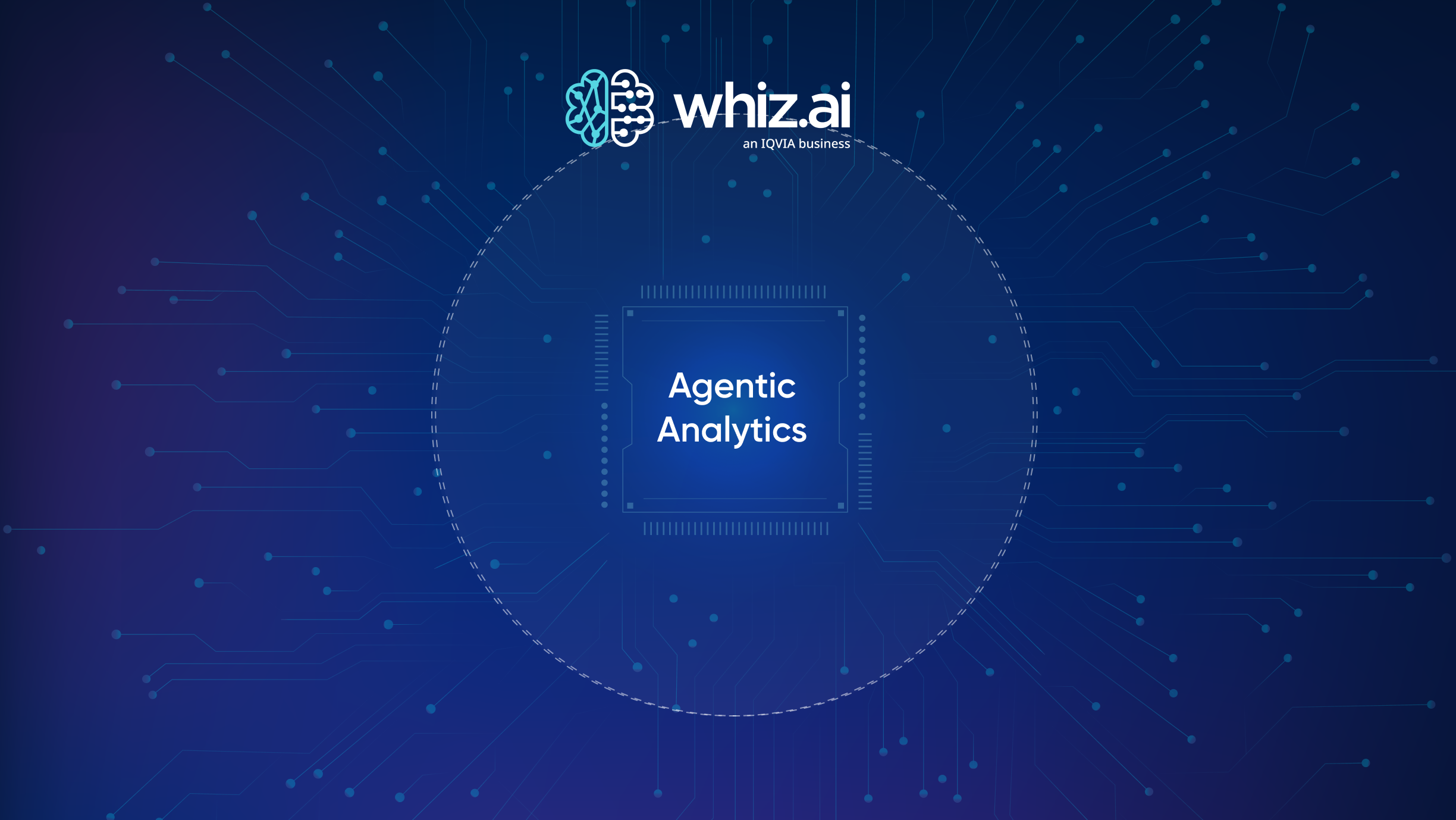Easily Access Data-Based Life Science Insights with Embedded Analytics


Embedded analytics platforms integrate with business applications, giving users access to data analytics reports and visualizations directly from the software they use in their day-to-day workflows. WhizAI’s embedded analytics platform is designed to integrate with the business applications that life sciences teams typically use, such as Veeva, Microsoft Teams, and Salesforce. Furthermore, life science team members can also access WhizAI from any devices they’re using, including smartphones, tablets, laptops, and PCs
Embedded Analytics’ Ease of Use that Leads to Higher Adoption
Traditional business intelligence (BI) dashboard solutions require effort to use. Many life science employees, particularly those without “data scientists” in their titles, need assistance from the company’s IT or data team to help them get the answers they need. Once they ask for help, it may take weeks for the IT team to build a dashboard, analyze data, run a report, and provide data visualizations.Embedded analytics gives life science team members autonomy. When they need data insights that would help them perform their jobs more effectively, all they need to do is click a link to WhizAI in the application they’re using. They don’t even have to open another window.Because data insights are so easy to access, building them into routine workflows and decision making processes, user adoption increases. In fact, life science companies that adopt WhizAI see as much as 100% user adoption.
The Importance of What Users Access After the Click
Of course, just because it’s easy to access data analytics via embedded analytics, it doesn’t mean the platform will provide real value to life science users. WhizAI stands apart from other analytics platforms in several substantial ways:
- Designed by a team with life sciences expertise:
The WhizAI team is comprised of people with years of life sciences industry and life sciences analytics experience. Their first-hand knowledge of life science data, workflows, best practices, and the continually evolving market is reflected in a data analytics platform that supports life science workflows. - Life science domain expertise:
WhizAI is pre-trained with life science data, so it understands the language of life sciences and information that’s important to employees. Pre-training for the domain also makes implementation faster and easier. - Not just “any” AI:
Not all artificial intelligence (AI) is the same. WhizAI is designed from the ground up to be user-friendly. Its hybrid natural language processing (NLP) engine allows users to ask questions conversationally and understands them, even if they ask questions in unusual ways. - Automatically delivers the optimal visualizations:
WhizAI is also designed to automatically select the best visualization for data insights. However, if users prefer a chart instead of a graph or a table, they can customize their own dashboards in a no-code environment – no help from IT or the data team necessary.
Benefits of Embedded Analytics from WhizAI
Value for All Life Sciences Teams
WhizAI isn’t a platform for only the field sales team or the patient services team, or even the clinical development team. It’s a solution for all of them. WhizAI enables you to build a centralized repository for data and allows everyone in the organization to analyze data from the same source with the convenience of embedded analytics.
Enterprise-Ready
WhizAI is designed for enterprise use. It’s secure, reliable, and scalable, able to analyze billions of data points from primary and secondary data sources. Additionally, WhizAI is a multi-language platform that people across your organization can use with just a few minutes of training.
Lower TCO and Higher ROI
WhizAI minimizes analytics development cycles from weeks to days and, with features such as embedded analytics, reduces support and maintenance costs, lowering the total cost of ownership (TCO). And with ease of use and contextual insights that help employees do their jobs more efficiently and effectively, life science organizations see the return on their data analytics investments increase.
Frequently Asked Questions
How much data can we analyze with WhizAI?
WhizAI is highly scalable. We’ve tested it with analyses involving petabytes, and it was still able to deliver contextual results in a sub-second. You also aren’t limited in the number of data sources you can use in an analysis.
Do we have to stop using BI dashboards if we deploy WhizAI?
No. WhizAI can work as a standalone solution, but in many deployments, it complements a life science company’s existing investments in analytics solutions and reduces the number of dashboards they maintain from more than 20 to about 5. WhizAI can even work with models your team has created, making insights from them easily accessible to employees throughout your organization.
Can we use WhizAI in the cloud?
WhizAI’s architecture allows you to deploy it in a range of IT environments, including private clouds, public clouds such as AWS and Azure, and other popular options.
How long does it take to roll out WhizAI?
Because WhizAI is pretrained for life sciences, it only takes a few weeks of working with our team to get the platform ready to provide insights to your teams. Contrast this with months that platforms intended to provide analytics to any type of business that must be trained to understand the data and vocabulary of life sciences.
Does WhizAI “learn”?
Yes. WhizAI includes machine learning capabilities. It allows us to train it for real-world use in life sciences and enables the platform to continue to learn with use. Based on how life science team members interact with the platform, it learns their preferences and how to refine answers.


Subscribe to our blog








.png)






.avif)



.png)